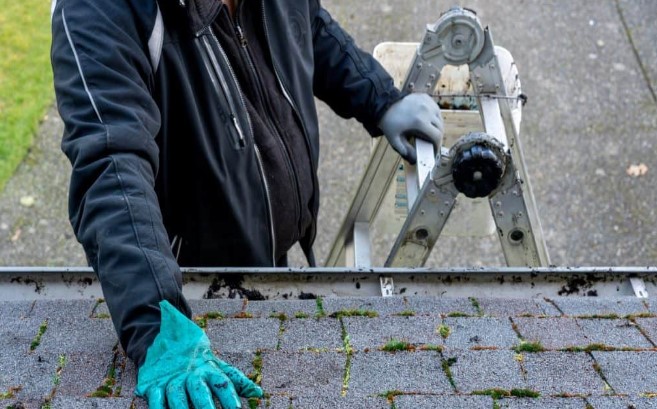
The Ultimate Guide to Home Roof Inspection
Your home’s roof is one of its most important components, providing protection from the elements and maintaining the structural integrity of the entire house. Regular roof inspections are crucial to identify and address any issues before they escalate into costly repairs or replacements. In this guide, we will walk you through the process of conducting a comprehensive home roof inspection, offering valuable insights, safety tips, and answers to frequently asked questions.
The Importance of Home Roof Inspections
A well-maintained roof not only enhances the curb appeal of your home but also safeguards it from various environmental factors. Regular inspections can help detect minor problems early on, preventing them from becoming major issues that could compromise the integrity of your roof. Moreover, proactive maintenance can extend the lifespan of your roof, saving you significant expenses in the long run.
Tips for Conducting a Home Roof Inspection
Safety First:
Before you begin, prioritize safety. Use a sturdy ladder and wear appropriate personal protective equipment (PPE) such as gloves and non-slip shoes. If you’re not comfortable with heights, consider hiring a professional inspector.
Exterior Inspection:
Check for Visible Damage: Inspect the roof for missing, cracked, or damaged shingles. Look for areas where the shingle granules have worn off, as this could indicate aging.
Inspect Flashing:
Check the flashing around chimneys, vents, and skylights. Damaged flashing can lead to leaks.
Gutter and Drainage Inspection:
Clear Debris:
Clean out gutters and downspouts to ensure proper drainage. Clogged gutters can lead to water backup and potential roof damage.
Check for Sagging:
Inspect the gutters for sagging or detachment, as this can affect the roof’s drainage system.
Interior Inspection:
Attic Examination:
Inspect the attic for signs of water intrusion, such as damp insulation or water stains on the ceiling. Ensure proper ventilation to prevent condensation buildup.
Signs of Roof Damage:
Water Stains:
Brown stains on ceilings or walls can indicate roof leaks.
Moss and Algae:
The presence of moss or algae can deteriorate roofing materials over time.
Sagging Roof:
A sagging roof might suggest structural issues that need immediate attention.
Frequently Asked Questions (FAQs) About Home Roof Inspections
Q1: How often should I inspect my roof?
A: It’s recommended to inspect your roof at least twice a year, ideally in the spring and fall. Additionally, after any major weather event, it’s wise to perform a quick visual inspection.
Q2: Can I perform a roof inspection myself?
A: Yes, you can. However, if you’re uncomfortable with heights or lack experience, it’s safer to hire a professional roof inspector.
Q3: What should I do if I find minor damage during an inspection?
A: Address minor damage promptly to prevent it from worsening. You can replace missing shingles, repair small leaks, and fix damaged flashing. If you’re unsure, consult a professional.
Q4: How can I prevent ice dams during winter?
A: Proper insulation and ventilation in your attic can help prevent ice dams. Make sure your attic is well-ventilated and insulated to minimize heat transfer to the roof.
Q5: What are the signs that indicate I need a roof replacement?
A: If your roof has extensive damage, is over 20-25 years old, or experiences frequent leaks, it might be time for a roof replacement. Consult a roofing professional for a thorough assessment.
Q6: What’s the importance of gutter maintenance in roof health?
A: Well-maintained gutters prevent water from accumulating on your roof, which can lead to water damage, leaks, and deterioration of roofing materials.
Conclusion
Regular home roof inspections are a vital part of responsible homeownership. By conducting thorough inspections and addressing issues promptly, you can extend the lifespan of your roof, maintain the integrity of your home’s structure, and prevent costly repairs. Remember, safety should always be a priority during roof inspections. If you’re uncertain about any aspect of the inspection, don’t hesitate to seek professional guidance. With proper maintenance and timely intervention, you can ensure that your roof continues to provide the protection your home deserves.



